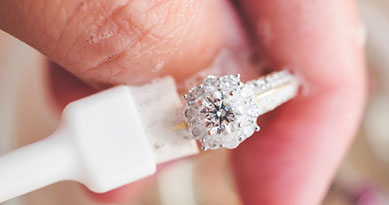

Diamonds are a marvelous gift from Mother Nature that represents beauty and splendor like nothing else. Their glitz, elegance, and charm are difficult to resist. These are most likely the qualities that resonate with your audience while buying a diamond. Yet, buying diamonds involves much more than just succumbing to their attraction. While cut, clarity, and colors are all significant aspects to consider when purchasing a diamond.
We'd be glad to inform you of your research for the finest diamond. We also acknowledge that buying diamonds can be difficult, but it doesn't mean you ever should settle or become worried! So take a cup of coffee and sit back as we lead you through everything you need to know before buying that spectacular diamond!
The carat weight of the diamond is the most significant and conspicuous aspect to be considered when comparing its price. Slight differences in weight can lead to a vast difference in cost. The term "carat" (ct.) refers to the weight of a diamond; the price of a diamond is proportional to its weight. 0.50ct, 0.75ct, 1.00ct, and so on are the cut-off weights.
You will save big bucks by picking a 0.90 carat over a 1-carat diamond.
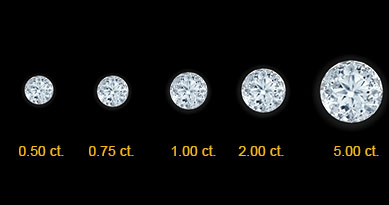
Diamond cut associates with a sense of diamond dimensions as determined by brilliance, fire, and sparkle. While a diamond's color and clarity affect its size and ability to reflect light, the cut is just what determines its dimensions and ability to do so. A diamond cut can increase or decrease its value, as the precision and craftsmanship of a cut can enhance or diminish the brilliance or luster of the diamond. It divided the diamond into parts like the table, crown, and pavilion, whereas it divided its reflection into brilliance, dispersion, and scintillation.
A magnificently cut diamond can make the color and clarity look better than they are. Choose a certified diamond if you are doubtful about the cut quality. The diamond report will have all the pertinent details.
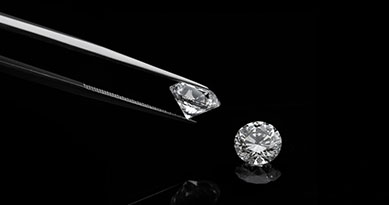
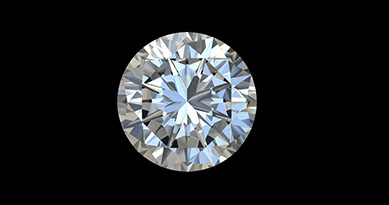



Diamonds are not always as white as they look at the novice's eye. However, while a lack of color raises the cost of a diamond, too much color may make it priceless. Although most diamonds have a yellow or brown tinge, a colorless variety will permit more light to pass through, resulting in maximum brilliance. As it shapes its diamond-like prism and works similarly, color in a diamond diminishes the fire by acting as a filter. A colorless diamond emits a panorama of colors.
As diamond size increases, the color becomes more remarkable. It is important to remember if you're buying a diamond that's two carats or bigger. If you're seeking a diamond with a lot of fire and sparkle, the D-F group is the way to go. You may pair it with a platinum or white gold band. White gold will complement the yellow color of your diamond, and the pair will not clash!



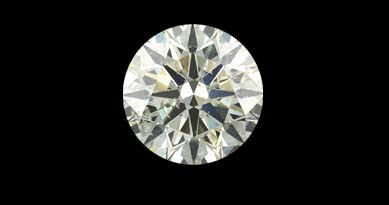

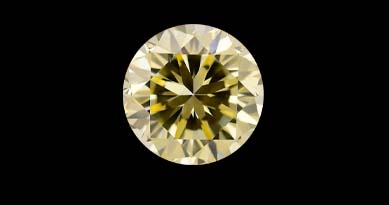
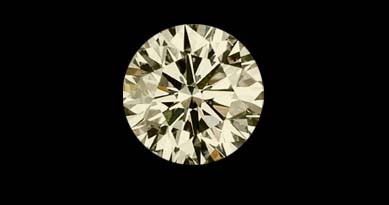
Diamonds, like all things natural, have imperfections. Diamonds, like all other minerals and stones, are born with a spectrum of inclusions that accumulate. Although almost invisible to the naked eye, inclusions decide a diamond price. Inclusions are internal traits, while blemishes are exterior traits, both of which are most visible through a 10X loupe. Cloud, feather, needle, pinpoint, crystals, and twinning wisps are examples of diamond inclusions, whereas bruise, chip, cavity, cleavage, and knot appear on the stone's surface.
If you're buying diamonds, look at the clarity that suits your needs the best. Avoid purchasing a flawless diamond just because it looks perfect. Ask your jeweler about the clarity of the stones used in it. Check the clarity chart. And then make your pick.






The shape of a diamond is the first aspect to note while buying one. Diamonds come in a wide range of designs, each one designed for the wearer's personality and preferences. The raw diamond's contours also determine the best form for it. It may slice a diamond into a variety of different shapes. Each form influences not only how it seems but also how it sparkles and burns. Some designs can affect a diamond's perceived value by making it appear larger than it is.
The shape of a diamond necklace, earring, bangle, or another piece of jewellery is usually the most influential factor. Even though form and cut are technically different terms, laypersons frequently use them interchangeably. The following are the eight basic shapes or cuts to choose from:
 Round: It is the most popular diamond shape for diamond rings and solitaire earrings. The brilliance and shine of a round-cut diamond become stressed. This timeless and versatile shape is perfect for any occasion.
Round: It is the most popular diamond shape for diamond rings and solitaire earrings. The brilliance and shine of a round-cut diamond become stressed. This timeless and versatile shape is perfect for any occasion.
 Princess: A princess-cut referred to a diamond cut in the shape of a square. It features sharp corners and can have anywhere between 40 to 144 facets. Today, it can also give rectangular diamonds a princess cut.
Princess: A princess-cut referred to a diamond cut in the shape of a square. It features sharp corners and can have anywhere between 40 to 144 facets. Today, it can also give rectangular diamonds a princess cut.
 Heart: The heart cut has a romantic and sentimental feeling to it. For this cut, we sculpted a stone in the shape of a heart, as the title suggests. Because this cut is hard to master, it demands a higher price and becomes typically reserved for stones with a high carat value.
Heart: The heart cut has a romantic and sentimental feeling to it. For this cut, we sculpted a stone in the shape of a heart, as the title suggests. Because this cut is hard to master, it demands a higher price and becomes typically reserved for stones with a high carat value.
 Oval: It considers the oval cut a modification of the round cut. It offers a similar brilliance and sparkle. Other stones usually flank oval diamonds. For rings, people with small hands like this cut as it gives the illusion of longer fingers.
Oval: It considers the oval cut a modification of the round cut. It offers a similar brilliance and sparkle. Other stones usually flank oval diamonds. For rings, people with small hands like this cut as it gives the illusion of longer fingers.
 Pear: It combined the contours of the round and marquise cuts in the pear form. It's essential to search for symmetry when buying pear-cut diamonds. When set in rings, a pear-shaped diamond, like the oval cut, gives the illusion of a slender hand.
Pear: It combined the contours of the round and marquise cuts in the pear form. It's essential to search for symmetry when buying pear-cut diamonds. When set in rings, a pear-shaped diamond, like the oval cut, gives the illusion of a slender hand.
 Emerald: An emerald-cut diamond speaks of glamour. This cut features a rectangular. A large table with sides cut in steps. The large table attracts attention to the diamond's color and stresses inclusions. The emerald cut has everyone has favored.
Emerald: An emerald-cut diamond speaks of glamour. This cut features a rectangular. A large table with sides cut in steps. The large table attracts attention to the diamond's color and stresses inclusions. The emerald cut has everyone has favored.
 Cushion: The cushion cut is another term for that shape. Cushion-cut diamonds are available in a multitude of designs, including rectangular. They're known for their broad facets and color combinations. The diamonds appear to be brighter because of all this. We typically allocate cushion cuts for diamonds with significant carat weights.
Cushion: The cushion cut is another term for that shape. Cushion-cut diamonds are available in a multitude of designs, including rectangular. They're known for their broad facets and color combinations. The diamonds appear to be brighter because of all this. We typically allocate cushion cuts for diamonds with significant carat weights.
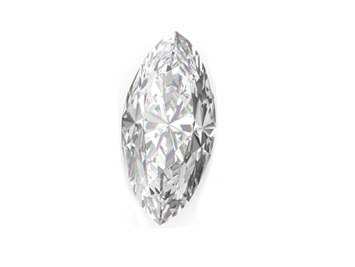 Marquise: It honors The Marquise de Pompadour with this cut. It has an oval shape with pointy ends. This one-of-a-kind diamond cut is one of the most dramatic. The diamond's shape makes it appear broader than its value.
Marquise: It honors The Marquise de Pompadour with this cut. It has an oval shape with pointy ends. This one-of-a-kind diamond cut is one of the most dramatic. The diamond's shape makes it appear broader than its value.
